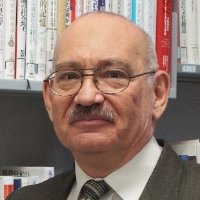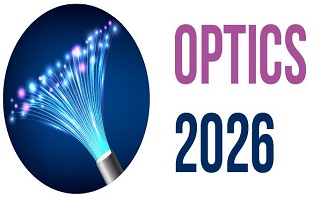3rd International Conference on
Optics and Laser Technology
October 29-30, 2026 | Berlin, Germany

Optics 2026

Lomonosov moscow state university, Russia
Abstract:
Resonant
light scattering by nanoparticles provides a unique opportunity to concentrate
a high-amplitude electromagnetic field in a subwavelength area of space as well
as to tailor and control its pattern. In addition to purely academic interest,
this is extremely important for numerous applications ranging from medicine and
biology to telecommunication and data processing. Despite more than a hundred
years of extensive study, the problem is still far from completion. A review of
new results in this field is presented in this contribution. In many cases,
despite the smallness of the scattering particles, their light scattering has
very little in common with the conventional Rayleigh case. New,
counterintuitive effects, especially those related to violating the quasi-static
description of the scattering occurring at the action of (ultra)short laser
pulses, are pointed out, inspected, discussed, and classified.
Biography:
Prof. Tribelsky received
his MS from Lomonosov Moscow State University in 1973, a PhD from Moscow Institute
of Physics and Technology in 1976, and a Dr. of Sci. (habilitation) from Landau
Institute in 1985. He received numerous national and international awards:
Leninsky Komsomol Prize (1979); COE Professorship, the University of Tokyo
(2006, 2008) and Kyushu University (2007), Japan; Honorary PhD, Yamaguchi
University, Japan (2016), etc. Now he heads a laboratory at Lomonosov Moscow
State University. Presently, his interest lies in subwavelength optics. He
authorizes several books, book chapters, review articles, and more than 100
research papers. See https://polly.phys.msu.ru/en/labs/Tribelsky/ for details.
